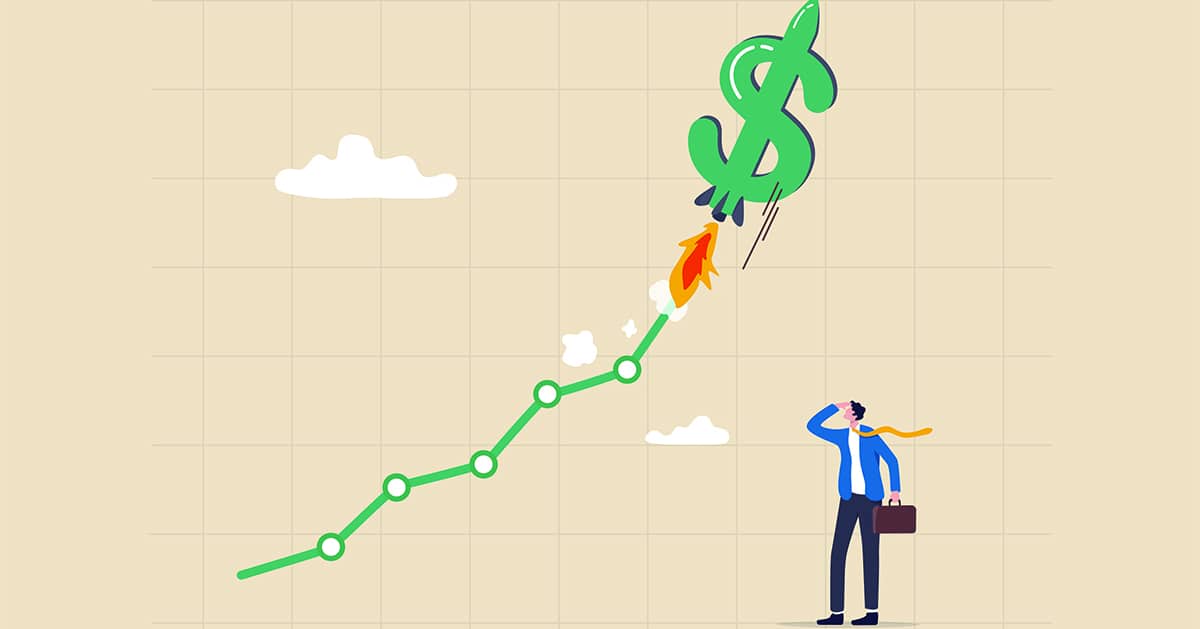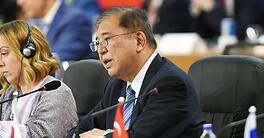Analysts point to three main factors behind the fast rise of the US-backed currency: broad interest-rate differentials, soaring US Treasuries and a broad risk-off sentiment in US stock markets, prompting Americans to hold more cash.

The US dollar index, a benchmark that measures the greenback against six other major currencies, reached its highest level in 20 years in early May.
Analysts point to three main factors behind the fast rise of the US-backed currency: broad interest-rate differentials, soaring US Treasuries and a broad risk-off sentiment in US stock markets, prompting Americans to hold more cash.
“The dollar should remain strong in relation to other major currencies as long as interest rates in the US remain higher than in Europe and the UK,” says Carlos Pessoa, the CEO of Veneto Multi-Family Office, in Belo Horizonte, Brazil. “The war in Ukraine also impacts this scenario, as the Old World expects worse inflation and slower growth.”
Such trends are pushing the dollar toward parity with the euro, possibly soon. “We are facing lower growth or probably a recession in the eurozone,” says Vincent Mortier, chief investment officer at Amundi, French asset management firm. “We see the euro at parity [with the dollar] in the next six months.”
The last time the two currencies were at par was in 2002. “[Parity] is an indicator of lack of faith in the euro area economy going forward, which is not surprising,” says Aleksandar Tomic, economist and associate dean at Boston College.
The greenback has also gained significant ground against the Japanese yen, recording its highest differential in 20 years. Once known as a haven, Japan’s currency seems to be feeling the blow of rising inflation, which has led to negative real yields on Japanese treasury bonds.
Year to date, the dollar has underperformed only two major currencies: the Brazilian real and the Russian ruble. The former has soared due to a 12.75% base interest rate and rising global commodity prices, given its agricultural strength. The latter has reaped the fruits of Putin’s rubles-only payment demand for Russia’s natural gas.
The abrupt changes in the global currency market are propelling record foreign exchange trading levels. According to CLS Settlements, a multicurrency system for forex transactions, the average daily trading volume in April hit $1.9 trillion, 5% ahead of the same period last year.



